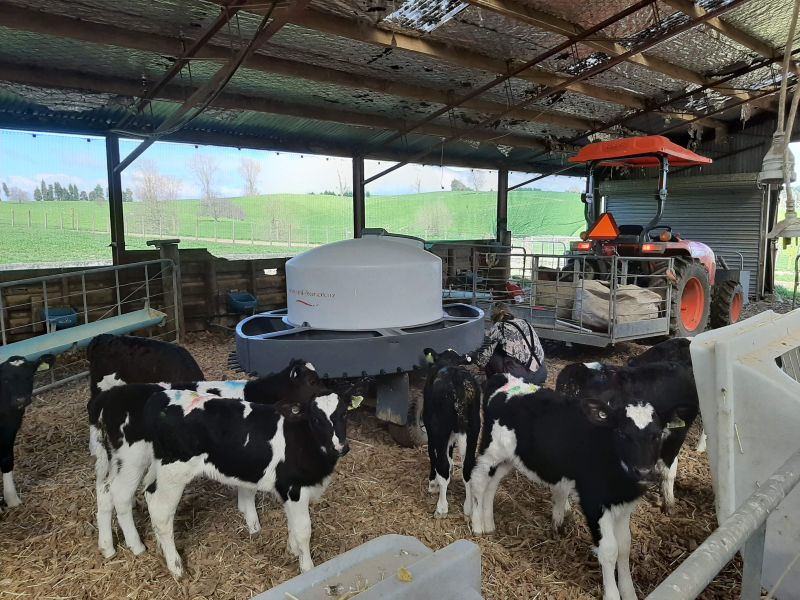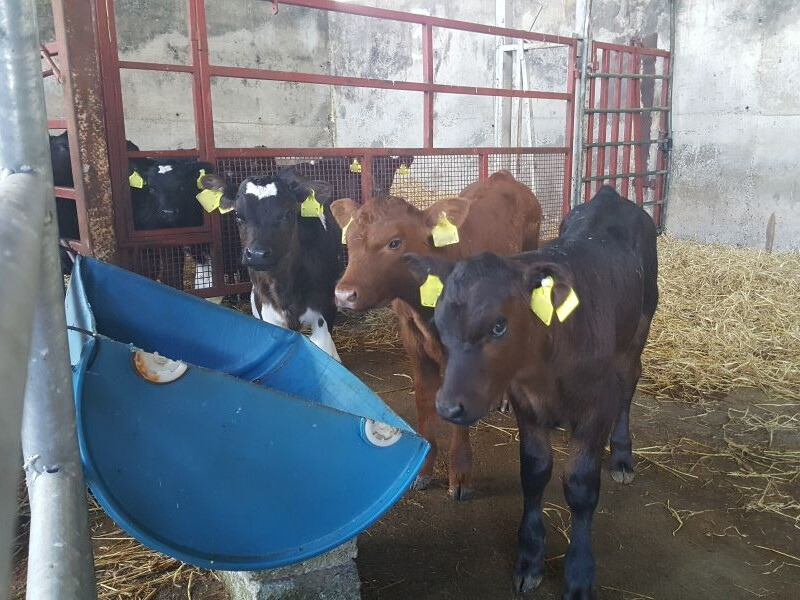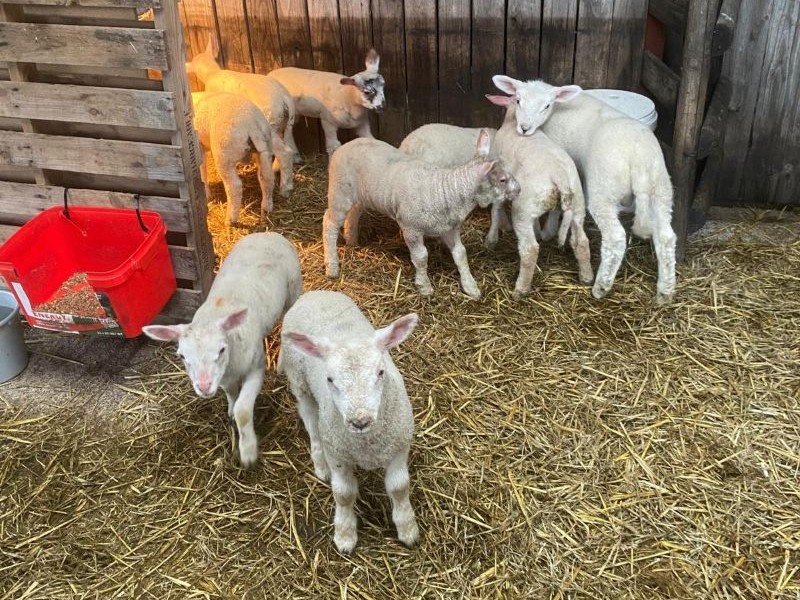Ewe-reka: Key to reducing lamb mortalities in French flocks
French sheep farmers who once lost up to a third of their artificially reared lambs to bloat are now reporting zero cases of mortality from this condition after switching to a milk replacer made with ewe’s milk.
Rising lamb numbers, rising challenges
The introduction of Finn and Romanov genetics into local breeds, such as the Berrichon du Cher and the Ile de France has boosted lambing percentages significantly. While more lambs mean higher income, they also create new challenges. Farmers now face the difficulty of rearing surplus lambs, which are vulnerable to infections and bloat (known in France as ballonnement).
Even with access to automatic feeders and conventional milk replacers, many flocks were experiencing very high mortality rates and poor performance among orphan lambs.
Case Study: Gosset and Thimothée, Montloué
For Jean Thimothée and Michel Gosset, who farm at Montloué, north of Reims, the change to Shine Ewe-reka milk replacer has been transformative.
- Flock size: 650 ewes (some with Romanov genetics)
- Lambing percentage: up to 270%
- System: lambing in three blocks, excess lambs reared on automatic feeders
- Milk consumption per lamb: 14 kg replacer
- Weaning age: 6 weeks
- Finishing weight: 35 kg
Previously, up to one-third of their artificially reared lambs died of bloat. Since introducing Shine Ewe-reka, mortality has dropped to zero from bloat. They mark the artificially-reared lambs to monitor their progress after weaning and can see no visual difference between these and lambs reared by their mothers.
“It’s now a pleasure to enter the rearing shed and see healthy, happy lambs,’’ says Jean Thimothée.
Case Study: Hubert Mony, Francheville
Similar results are seen in the flock of Hubert Mony, president of the Romane Society, who farms 450 ewes near Francheville, north of Dijon.
- Lambing percentage: over 220% (three lambings per year)
- Previous issue: 25% mortality in artificially reared lambs, mostly from bloat
- Outcome with Shine Ewe-reka: no losses from bloat
Mr Mony began feeding the Shine Ewe-reka formula, supplied by Univor. Mr Mony notes that the lambs reared on Shine Ewe-reka achieve excellent performance, similar to that of lambs reared on their mothers.
Case Study: The Bertin Brothers, South of France
For the Bertin brothers, who farm in the south of France, north of Marseilles, feeding Shine Ewe-reka formula has been hugely successful. They produce lamb from 1100 ewes in three blocks annually. They have been using prolific breeds since 1975 – currently the flock is Ile de France crossed with Finn. This has resulted in a lambing percentage of up to 240%.
Rearing lambs artificially on replacer fed through an automatic machine had resulted in major problems with bloat, with mortality rising to 30%.
They tried various methods with the aim of reducing losses, including:
- Changing the machine settings
- Improving hygiene protocols
- Probiotics
- Coccidiostats
- Changing milk replacers
- Antibiotics
Despite their efforts, only antibiotics reduced mortality – an approach they were unhappy with taking. After contacting manufacturers, they trialled Shine Ewe-reka against their usual replacer, without the use of antibiotics:
- Control group: 11% experienced bloat
- Ewe-reka group: 0% experienced bloat
Their latest batch were reared without antibiotics and weaned easily.
A new standard in lamb rearing
The use of ewe milk in lamb milk replacer is a huge improvement in lamb nutrition and is one of the reasons the Shine Ewe-reka formula is the leading formula for rearing lambs in Europe.


